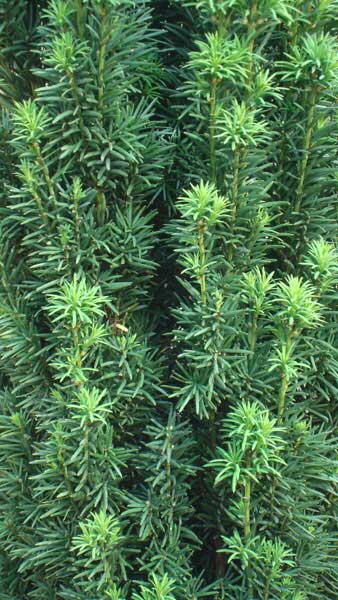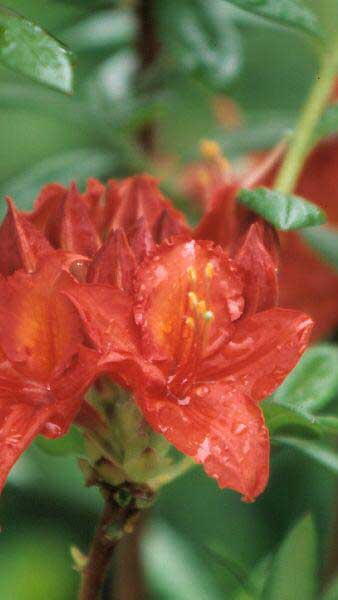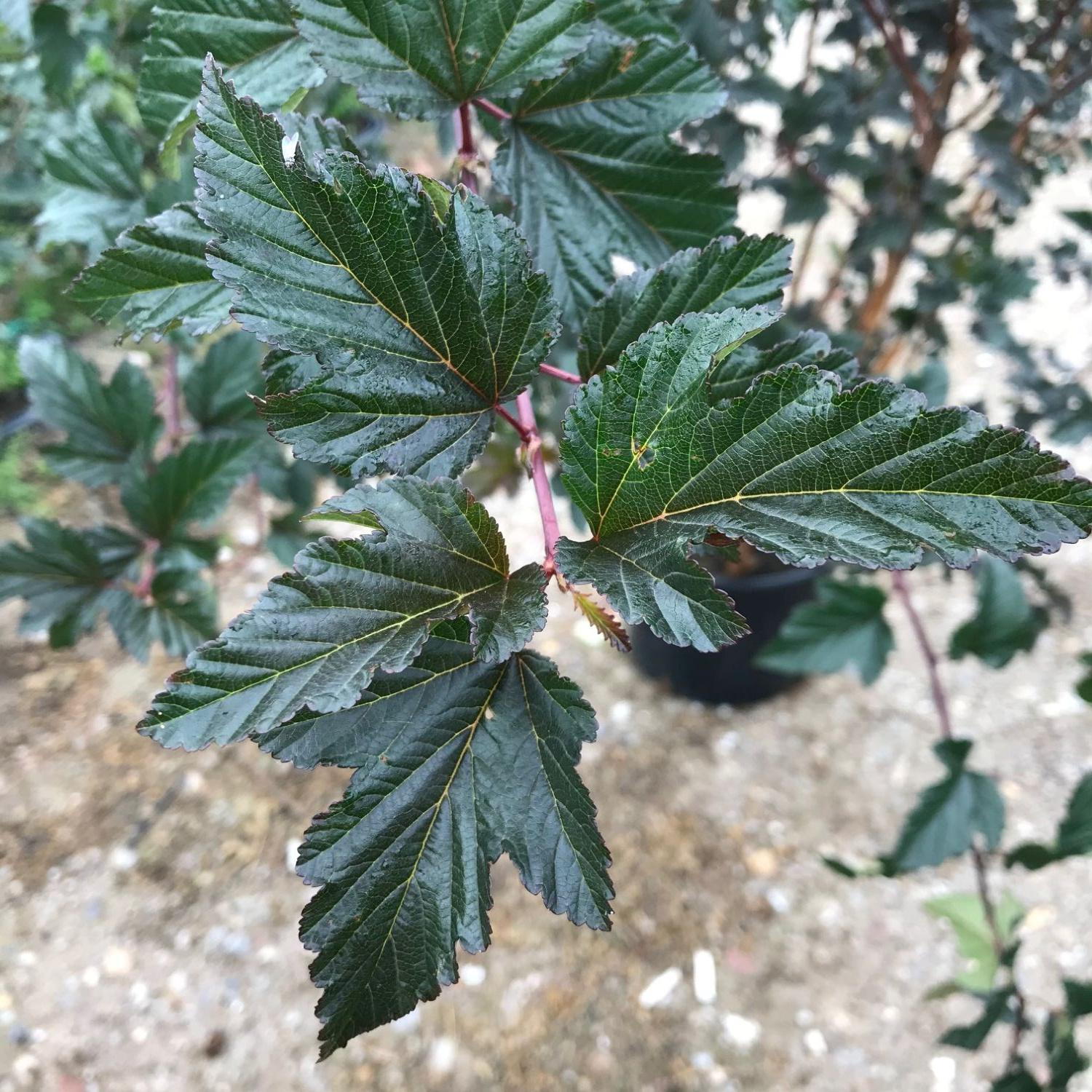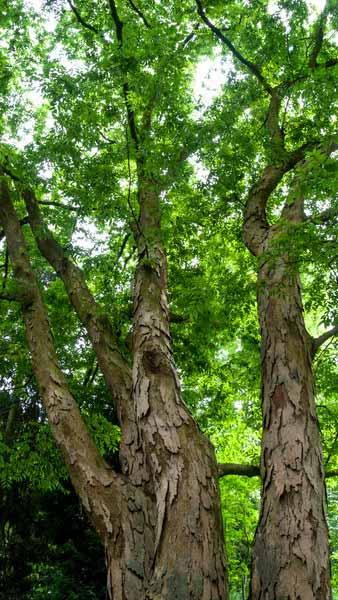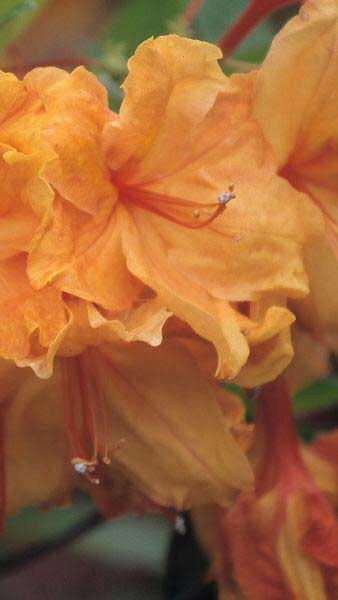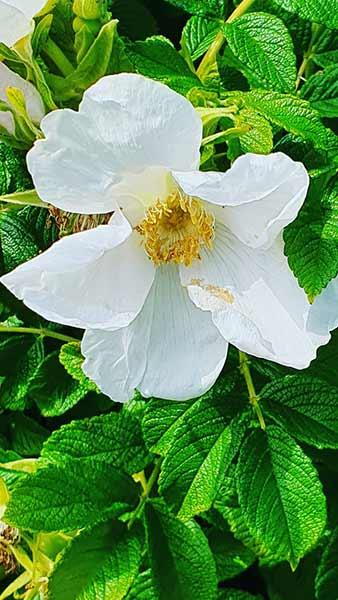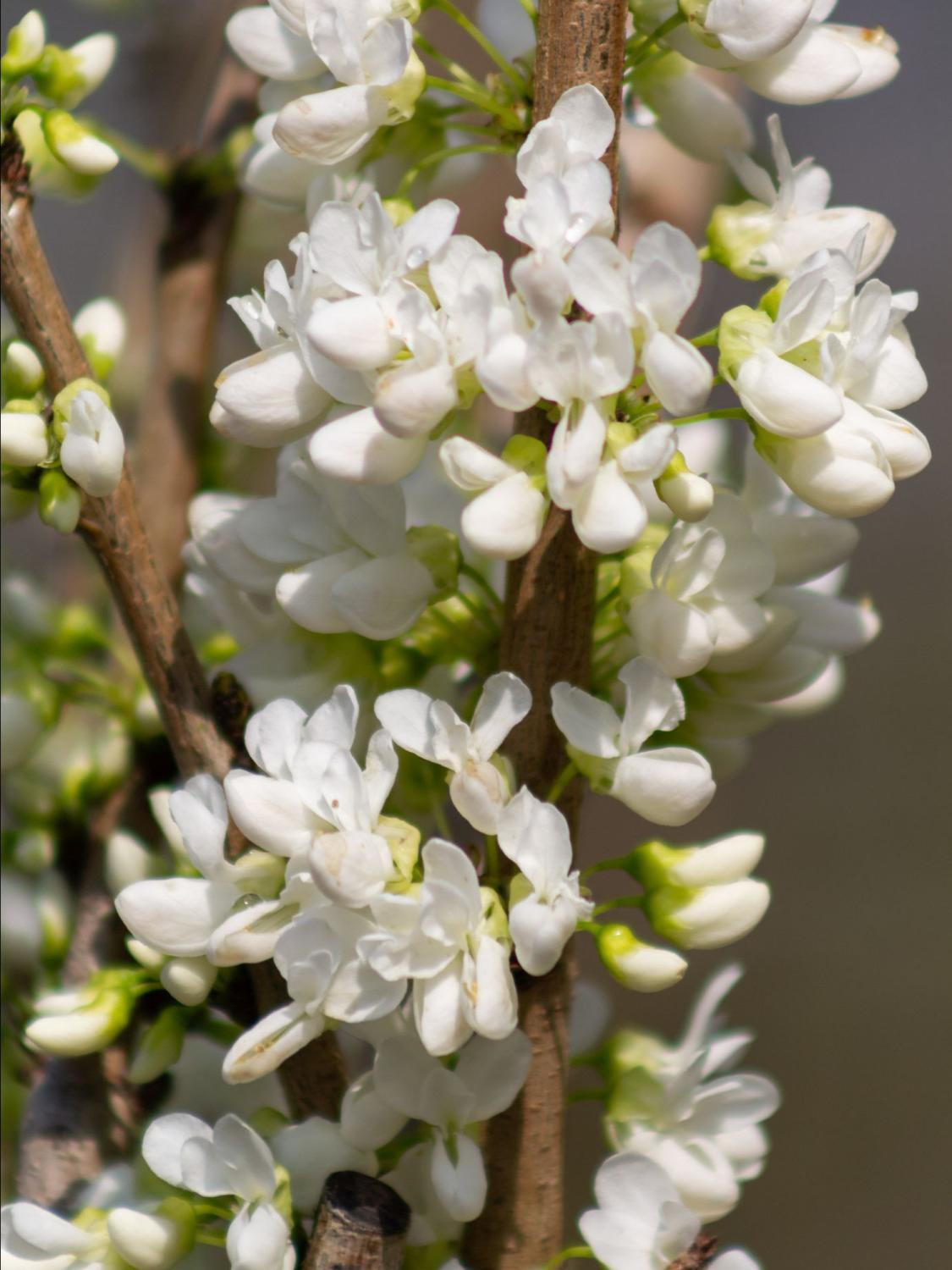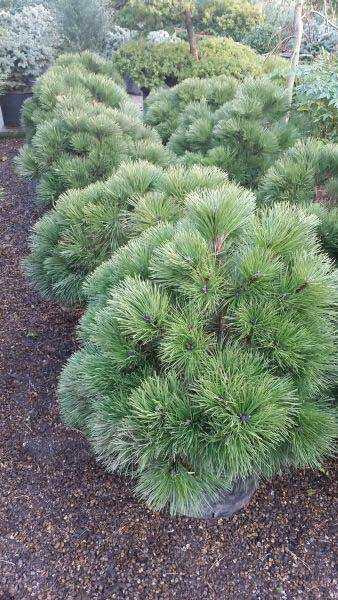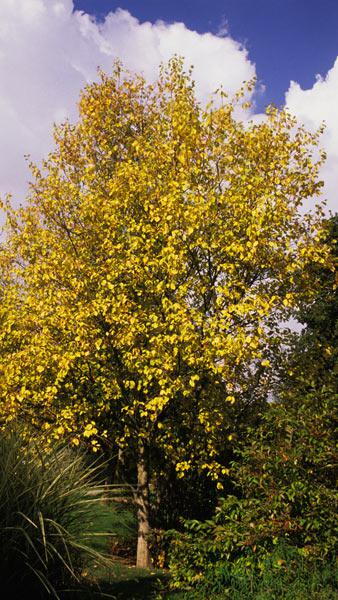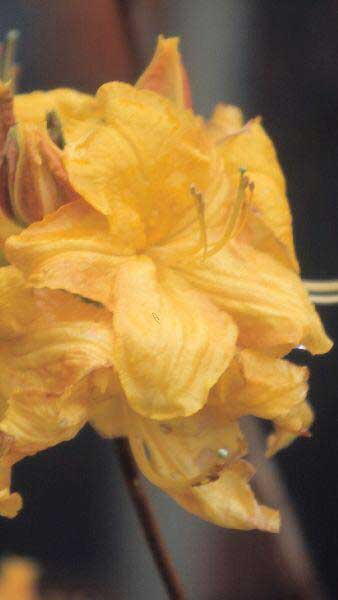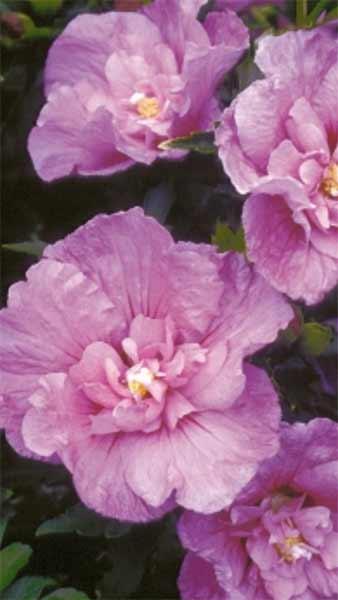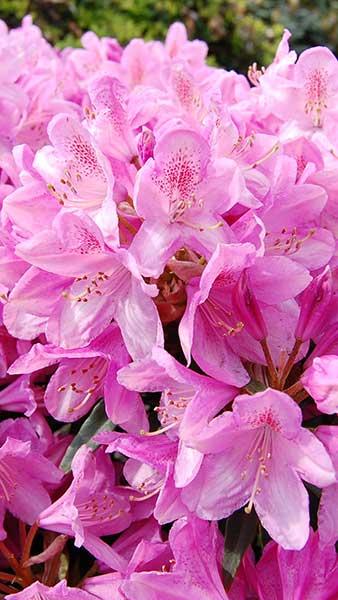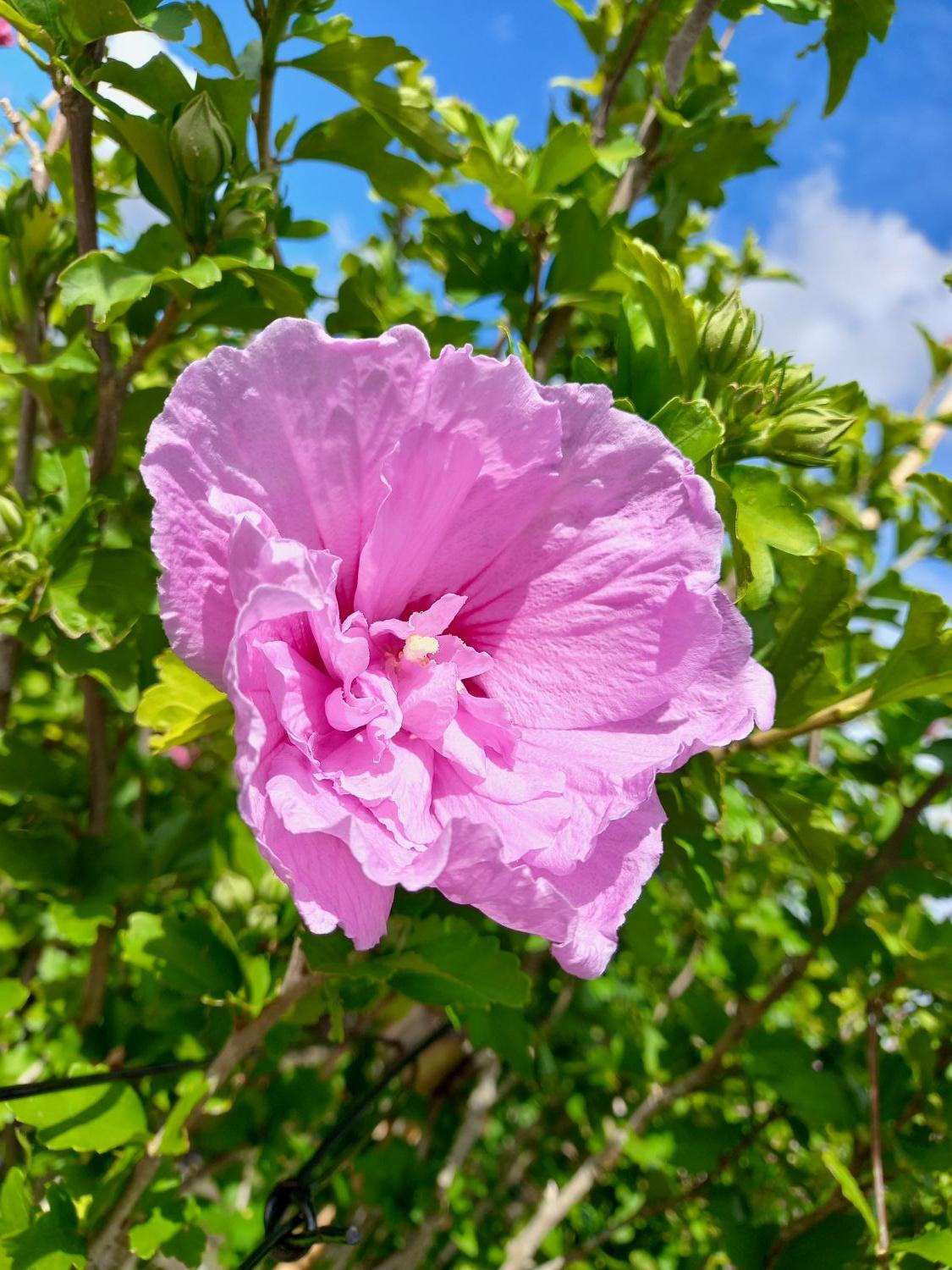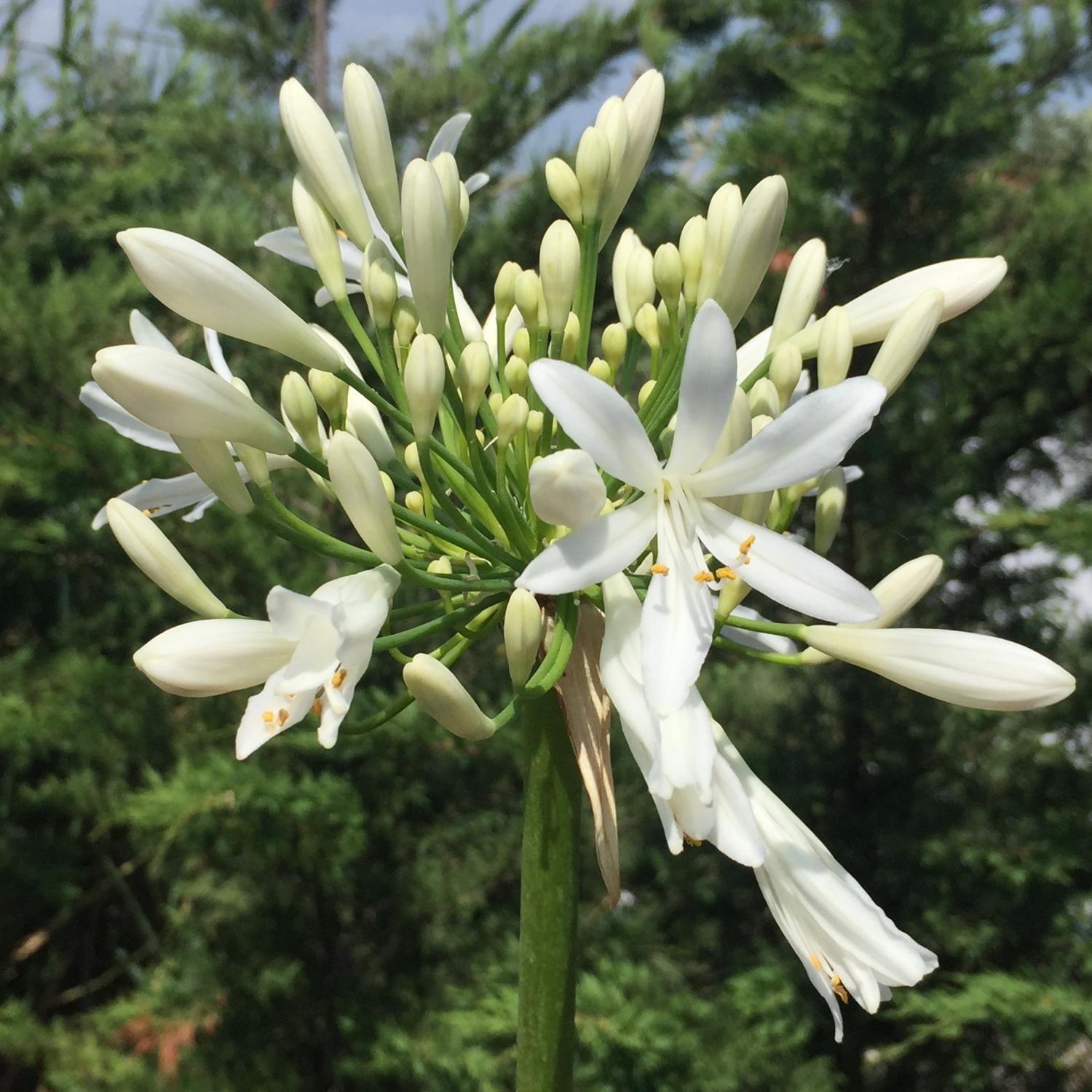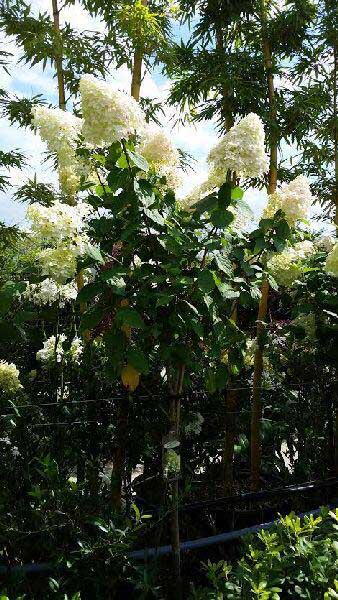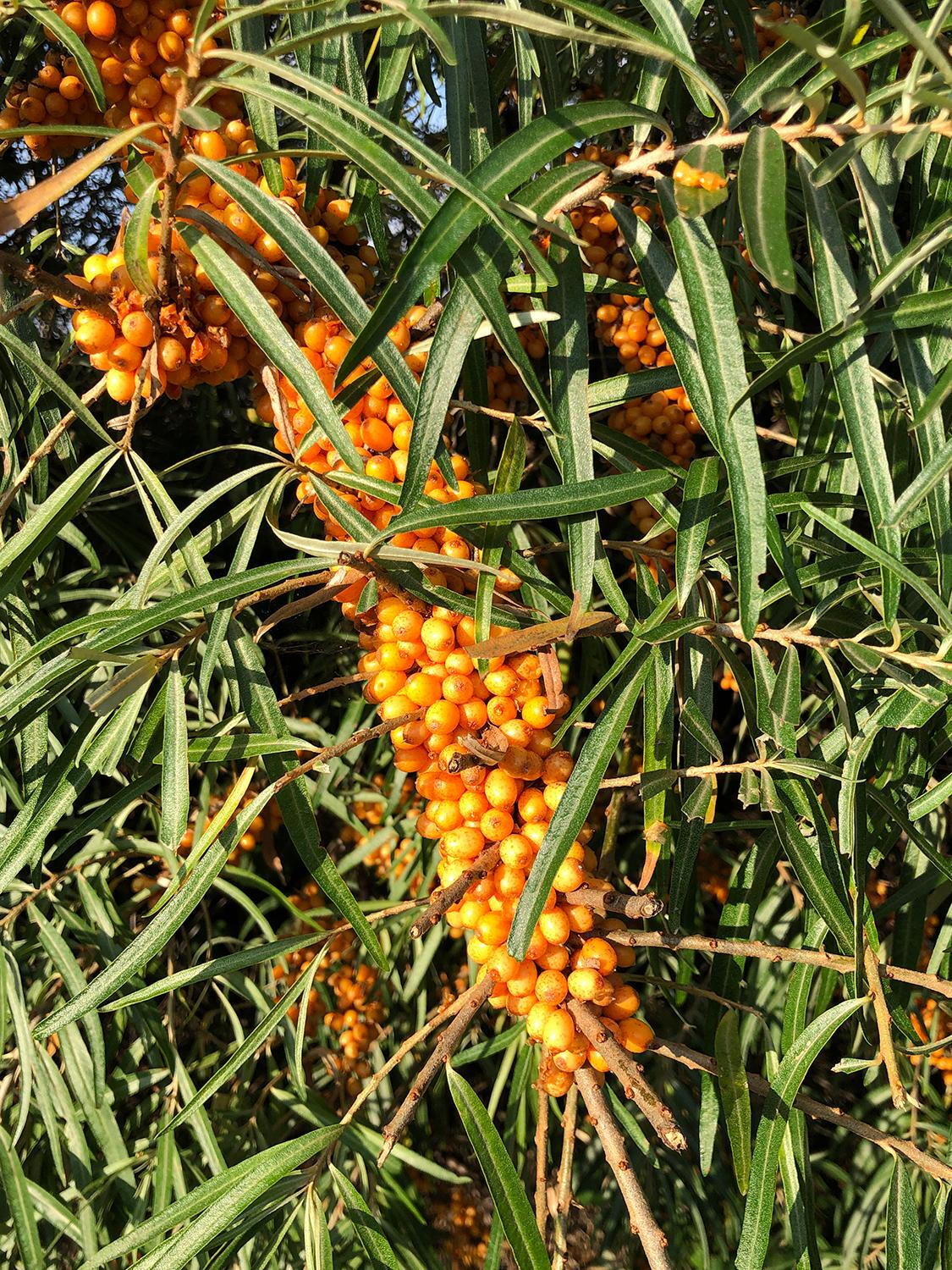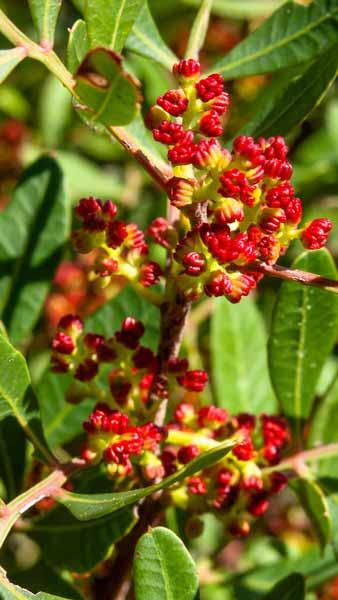Alnus Incana Grey Alder Multi & Single Stem Trees for Sale
Alnus Incana, also known as Grey Alder Tree, is an exceptionally hardy variety, noted for its attractive foliage. This small to mid-sized, deciduous tree and these specimens are mature trees which can be used for specimen planting.Sharing all the noteworthy qualities with the Common Alder Alnus Glutinosa, Alnus Incana gets its common name from the grey felted underside of its foliage. The leaves are typical for the species, dark green and leathery with doubly serrated edges. Not unlike its close relatives, this tree produces sticky young growth and a profusion of yellow catkins during March. The male catkins drop as the flowering season ends, while the female catkins harden into wood-like cones with winged seeds. The highly-decorative cones remain on the three as the seasons pass, offering particular interest throughout the following winter.Same as it is the case with the Common Alder, the Grey Alder Tree is a reliable performer in poor conditions. Not only does Alnus Incana tolerate poor soils, it will fix nitrogen from the air, resulting in the improvement of the soil it is planted in. Alnus Incana tolerates any type of soil, regardless of its fertility and drainage. Grey Alder is not bothered by overly wet soils nor drought, and it will not mind urban pollution. For best results, however, plant this cultivar in moist, but well-drained soil, in full sun to dappled shade. Introduced to the United Kingdom as far back as the 18th century, Grey Alder Tree is fully hardy in Britain and Ireland. Tough and robust, this tree will adapt and survive even in the severest European climates, where temperature drop far lower than 20 degrees below zero. Strong, cold winds and frost will not damage it, whether it is grown in an exposed or a sheltered location in the garden.Vigorous, Grey Alder will achieve a maximum size of over 12 metres in height and over 8 metres in width. However, as it is a long-lived cultivar, the expected growth is in a period of 20 to 50 years. Considered low-maintenance, the multi-stemmed habit of this deciduous tree needs very little to stay healthy and tidy. As the foliage drops to midwinter, lightly prune, removing any dead, damaged, or congested shoots from the tree.Grey Alder is a versatile, highly-decorative tree that will thrive in any conditions. Plant it en masse to reclaim land or create a stunning thicket in woodland gardens. The multi-stemmed habit of this tree makes it a good candidate for a specimen plant or a backdrop in mixed shrub borders. Suitable for coastal and city gardens, and particularly recommended for gardens with poor soil, where this tree can encourage a significant improvement in soil quality.You might be interested in our selection of deciduous trees or our collection of large and mature trees.
